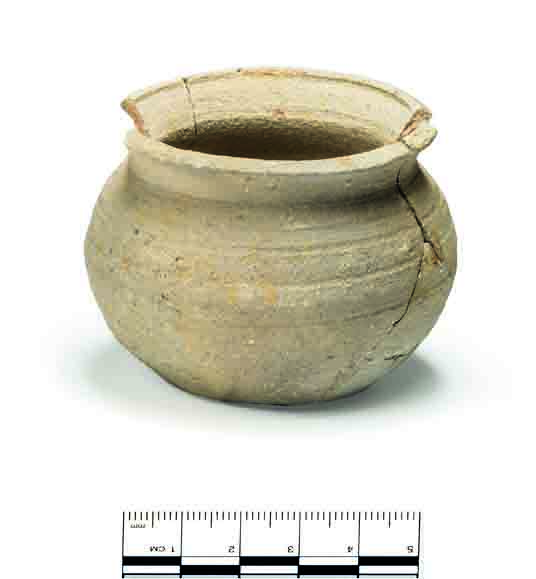
CAMBRIDGE, ENGLAND—Sarah Inskip of the University of Cambridge says that red squirrel pelts and meat traded by the Vikings of Denmark and Sweden could have introduced leprosy to southeastern England, according to a BBC News report. A strain of the incurable disease, which has also been found in medieval Scandinavian skeletons, was discovered in a medieval woman’s skull dating to between A.D. 885 and 1015. The victim lived in the East of England, where squirrel products probably came into the country through the ports at Kings Lynn and Yarmouth. Inskip suggests the disease became endemic in the East of England earlier than in other parts of the country, requiring the construction of the island’s first leper hospitals in the eleventh century A.D. To read more about the Viking Age in England, go to “Vengeance on the Vikings.”










